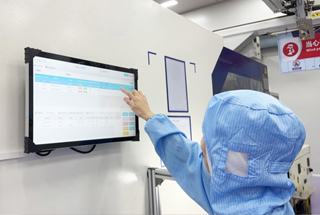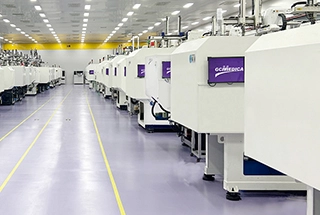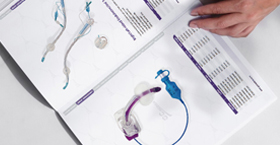Heat and Moisture Exchangers (HMEs) are passive devices incorporated into anesthesia breathing circuits to preserve patients’ own exhaled heat and humidity, thereby reducing the risk of mucosal injury, hypothermia, and impaired mucociliary function. By capturing water vapor and warmth during exhalation—then returning a portion during inhalation—HMEs maintain physiologic conditions in the respiratory tract without active heating or humidification.
| Feature | Description | Clinical Significance |
|---|---|---|
| Heat Exchange | A hygroscopic or hydrophobic matrix traps heat from exhaled gases and returns it to inhaled gases. | Helps maintain patient core temperature and reduces risk of peri-operative hypothermia. |
| Moisture Conservation | Exhaled water vapor condenses within the matrix; on inspiration, this moisture re-evaporates into dry gas. | Preserves mucosal hydration, protecting ciliary function and reducing thickened secretions. |
| Bacterial/Viral Filter | Many HMEs include a pleated filter media that removes particulate matter, bacteria, and some viruses from exhaled and inhaled gas streams. | Reduces cross-contamination, critical in infectious or immunocompromised patients. |
| Resistance to Flow | Characterized by low resistance (<2.5 cmH₂O at 30 L/min) to minimize work of breathing for spontaneously ventilating patients. | Ensures patient comfort and prevents increased inspiratory effort or ventilator-trigger delays. |
| Dead Space Volume | Adds 30–60 mL of apparatus dead space; excessive dead space can lead to CO₂ rebreathing if not carefully selected for patient size or ventilator settings. | Proper selection for pediatrics vs. adults avoids hypercapnia and maintains effective ventilation. |
| Single-Use vs. Reusable | Single-use HMEs reduce infection risk but generate waste; reusable units must be cleaned and sterilized between cases. | Infection control vs. sustainability considerations guide device choice in different clinical settings. |
Device Variants and Materials
Hygroscopic HMEs
Contain saline-impregnated paper or foam that actively binds water vapor.
Offer superior moisture retention (up to 30 mg H₂O/L) and effective heat conservation.
Often paired with electrostatic filters for combined heat-moisture exchange and filtration.
Hydrophobic HMEs
Use water-repellent materials (e.g., polypropylene fibers) that rely on surface condensation.
Generally lighter and less prone to fluid blockage but may rebound less moisture.
Recommended when bacterial/viral barrier function is prioritized over maximal humidification.
Combined HME Filters (HMEFs)
Integrate a high-efficiency particulate filter with HME functionality.
Provide up to 99.99% bacterial filtration efficiency and moderate humidification.
Particularly useful in airborne infection isolation or high-risk surgical procedures.
Practical Considerations
Placement: HMEs should be located between the endotracheal tube (or mask) and the Y-piece of the breathing circuit to ensure optimal capture of exhaled heat and moisture.
Duration of Use: Replace after 24 hours or sooner if visibly soiled, saturated, or if resistance increases above recommended thresholds.
Patient Selection: In neonates or small infants, added dead space may be significant and external active humidification may be preferable.
Ventilator Settings: Adjust fresh gas flow and alarm limits to account for slight increases in resistance and dead space.
Evidence and Outcomes
Multiple studies demonstrate that use of HMEs during anesthesia significantly reduces peri-operative hypothermia and maintains mucociliary function compared to cold, dry gas alone. In randomized trials, HME use was associated with a 30–50% reduction in incidence of postoperative sore throat and airway drying. Additionally, HME filters have been shown to lower cross-infection rates in critical care and operating rooms when compared to unfiltered circuits.
Conclusion
Heat and Moisture Exchangers are simple, cost-effective adjuncts in anesthesia circuits that harness passive principles to preserve core temperature, humidify inspired gas, and filter pathogens. By selecting the appropriate HME type—hygroscopic vs. hydrophobic—and monitoring for increased resistance or saturation, clinicians can optimize respiratory conditioning, reduce airway complications, and enhance patient comfort and safety throughout the peri-operative period.


 Français
Français Español
Español Products
Products

 About Us
About Us











